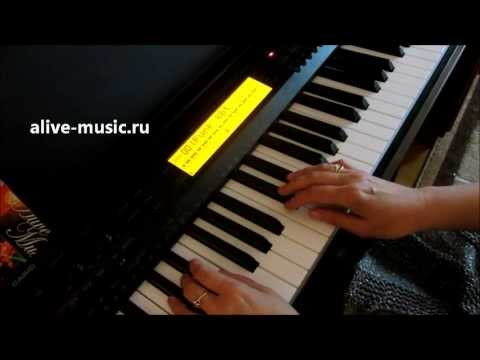Working on piano playing technique – for speed
Piano playing technique is a set of skills, abilities and techniques with the help of which an expressive artistic sound is achieved. Virtuoso mastery of an instrument is not just a technically competent performance of a piece, but also compliance with its stylistic features, character, and tempo.
Piano technique is a whole system of techniques, the main components of this system are: large equipment (chords, arpeggios, octaves, double notes); small equipment (scale passages, various melismas and rehearsals); polyphonic technique (ability to play several voices together); articulatory technique (correct execution of strokes); pedaling technique (the art of using pedals).
Working on the technique of music-making, in addition to traditional speed, endurance and strength, implies purity and expressiveness. It includes the following steps:
Development of physical capabilities of fingers. The main task of beginning pianists is to loosen their hands. The brushes should move smoothly and without tension. It is difficult to practice the correct positioning of the hands while hanging, so the first lessons are performed on a plane.
Exercises to develop technique and playing speed
Not less important!
Keyboard contact. In the initial stages of working on piano technique, it is important to develop a sense of support. To do this, the wrists are lowered below the level of the keys and sounds are produced using the weight of the hands, rather than the strength of the fingers.
Inertia. The next step is to play along one line – scales and simple passages. It is important to remember that the faster the pace of the game, the less weight there is on your hand.
Synchronization. The ability to play harmoniously with the whole hand begins with learning trills. Then you need to adjust the work of two non-adjacent fingers, using thirds and broken octaves. At the final stage, you can move on to arpeggiato – a continuous and full-voiced game with a change of hands.
Chords. There are two ways to extract chords. The first is “from the keys” – when the fingers are initially positioned over the desired notes, and then a chord is struck with a short, energetic push. The second – “on the keys” – the passage is made from above, without first placing the fingers. This option is technically more complex, but it is the one that gives the piece a light and fast sound.
Fingering. The order of alternating fingers is selected at the initial stage of learning the piece. This will help in further work on technique, fluency and expressiveness of the game. Author’s and editorial instructions given in musical literature must be taken into account, but it is much more important to choose your own fingering, which will be comfortable for performance and will allow you to most fully convey the artistic meaning of the work. Beginners should follow simple rules:
- For any exercise or passage, the fingering must be written down.
- The load on the fingers should be even. In rapid sequences, care must be taken to keep repetitions as few as possible.
- Discipline. Young pianists are tempted to replace weaker fingers, the ring and little fingers, with a strong middle finger. It is necessary to pay due attention to training the harmonious development of the entire hand.
Dynamics and articulation. You need to learn the piece immediately at the specified pace, taking into account the signs of expression. There should be no “training” rhythms.
Having mastered the technique of playing the piano, the pianist acquires the skill of playing music naturally and at ease: works acquire fullness and expressiveness, and fatigue disappears.


Watch this video on YouTube
![[Упражнения для фортепиано] Ганон #1 (ч.1) | Музыкальная академия Глория](https://digital-school.net/wp-content/plugins/wp-youtube-lyte/lyteCache.php?origThumbUrl=https%3A%2F%2Fi.ytimg.com%2Fvi%2FDKoTn-u4M9g%2F0.jpg)
![[Упражнения для фортепиано] Ганон #1 (ч.1) | Музыкальная академия Глория](https://digital-school.net/wp-content/plugins/wp-youtube-lyte/lyteCache.php?origThumbUrl=https%3A%2F%2Fi.ytimg.com%2Fvi%2FDKoTn-u4M9g%2F0.jpg)
Watch this video on YouTube





